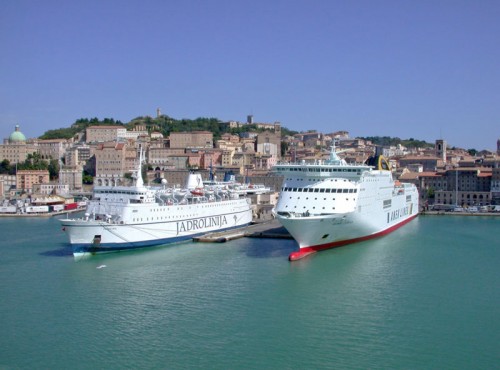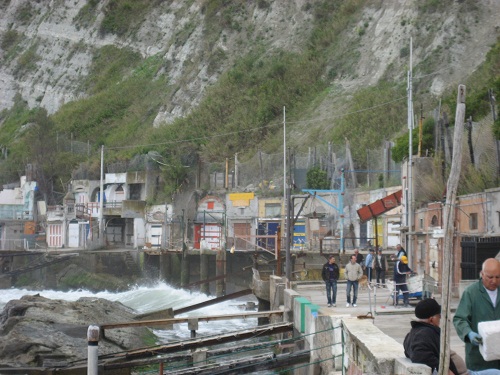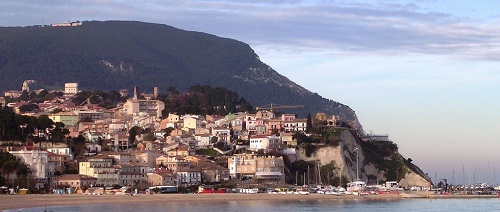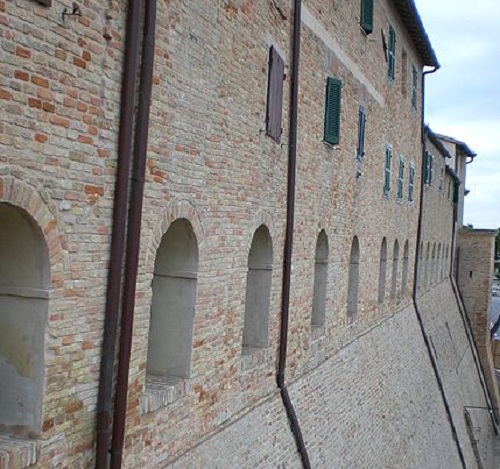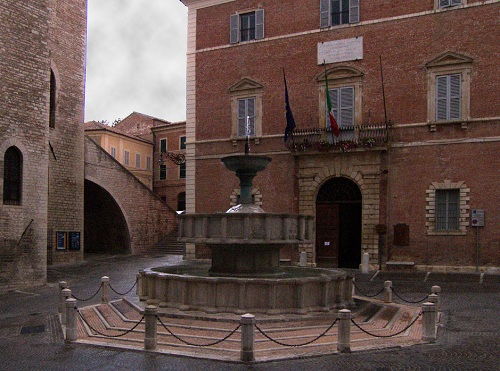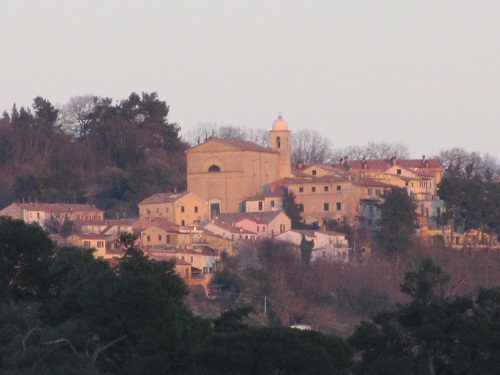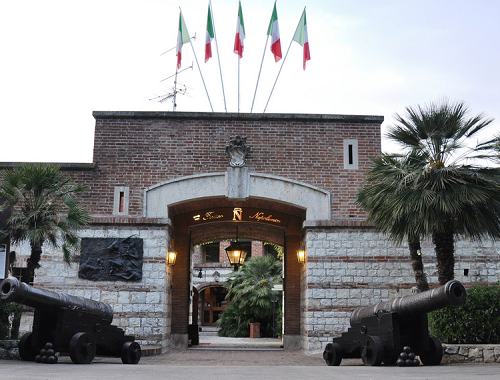Ancona a Seaside Town
Ancona is very unique as for its peculiarity, because it is positioned as an elbow on the Adriatic Sea. From Ancona it is possible to see both dawn and sunset over the sea. When Dori from Siracusa erected the city in 387 b.C., they immediately saw that bay sheltered by the mountains, elbow shape positioned allowing a natural protection from the sea; an extraordinary position to build up what nowadays has become one of the main trade ports of the whole Italy.
In fact, Ancona is a word deriving from Greek – Ankon – that stands for elbow. It starts from Conero Mountain and draws out with a series of cliffs that are respectively named: Trave, Passetto and Gallina. Between Passetto and the Port the cliffs rise three hills: Cardeto, Cappuccini (ex St Cataldo) and Guasco (ex Cumerio). On the southern side, crowned by the bastions of the Cittadella, there is Astagno Hill.
Ancona was born and developed around the port area. During the latter century, particularly since 1922 under the fascism era, Ancona renewed its own town layout to be successively highly damaged on the end of 1943, when it has been bombed by allied war airplanes.
After when in 1972 the city was hit by a strong earthquake, there had been digs for reconstruction, during which were brought to light important archeological evidences: there were discovered one necropolis named Picena and one Greek-Roman necropolis, currently still subject to digs.
Among the latter restorations there is the tomb “del parrucchiere” (of the hairdresser), so called for the peculiar tools recovered relating to the hair cut. Traces of an old settlement discovered on the Cardeto hill they have also relevant historical value.
There are many places of archeological interest in Ancona and, among those ones, it would be necessary mentioning the Roman Amphitheatre of the 1st century, Traiano Arch, rests of Aphrodite Greek Temple, the rests of Roman buildings, mosaics and very ancient frescoes and so on.
There are numerous places of historical interest that you can easily and quickly visit in the city; particularly, besides of Traiano Arch and St Ciriaco Cathedral dominating the port, you can find on a range of few hundred metres the area rich of historical beauties such as Vanvitelli Stately Building, Merchants Loggia, St Maria della Piazza, the Church of Gesù and St Francesco alle Scale, Plebiscito Sq, Archeological National Museum, Podesti Picture-Gallery.

